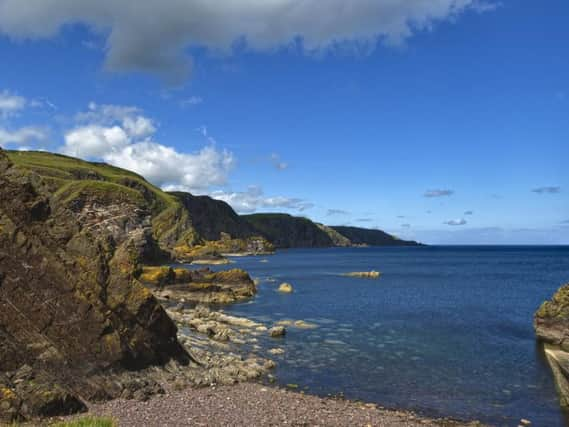Scotland's underwater success story to thrive in 2018


Scottish aquaculture is a social and economic success story. Its products contribute to Scotland’s reputation as a producer of high quality export goods and a significant part of this lies in the means and location of its production.
Even so, the makeup of the industry has changed markedly over the past 15 years.
Finfish production first peaked in 2003-4 in Scotland when there were 103 tenants, dropped and then returned to similar levels around 2014, when there were just nine active tenants.
Most produced salmon but also trout, halibut and cod too. That first production peak represented a turn of the tide for farmed salmon production, especially since the ensuing economic hard times precipitated a consolidation that continues to this day.
Shellfish farming has not been immune either, albeit the changes in terms of consolidation have been less stark. There are about 108 growers now, producing more than 195 did in 2003-4.
But even as output increases, the industry still experiences the turbulence of trying to thrive in an unforgiving marine environment.
This has posed many challenges over the decades and the nature of production has needed to adapt to survive.
For Crown Estate Scotland (and the Crown Estate before it) it has meant bidding farewell to many more aquaculture tenants over the years than extending greetings to new ones.
As managers of just under half of Scotland’s coastline, responsible for licensing fish farms and other coastal aquaculture businesses, Crown Estate Scotland’s role is to enable a sustainable aquaculture industry in Scotland’s island and coastal economies.
Such businesses can be key to the continued survival of communities, and an integral part of economic and social planning.
Crown Estate Scotland knows that communities are key to successful management of the coastline and the near-shore seabed.
With their ambition and knowledge of what can be sustainably supported, they must have a central role in decision-making about what happens in their area.
And because different people and organisations want and need to use the space around Scotland’s coast, a key part of our role is leasing in a way that ensures businesses and industries can grow but that the natural assets that we all depend on are protected and ensure access for community and recreational purposes.
If the aquaculture industry is not to run out of space before its ambitions for growth are realised, it must continue to find improved ways of sharing its space.
In 2015, Crown Estate Scotland carried out a feasibility study on aquaculture community engagement which led the industry body, the Scottish Salmon Producers’ Organisation, to create a charter committing producers to work in a way that is open and transparent, and to support community initiatives, protection of the natural environment, job creation and so on.
Our research found that communities should be considered as “core business” for aquaculture development, noting that with early and continued engagement there are social benefits for communities and the businesses themselves benefit from being stitched in to their local area, playing a vital role in providing the economic support to help quite isolated communities to thrive.
In our recently launched three-year programme, we committed to pilot different models of local asset management.
To do this, in 2018 we will establish a process for community trusts, local authorities etc to apply to take on management responsibilities, while ensuring the assets continue to be managed profitably and sustainably.
This is part of our overall commitment to ensure we work with communities and business to deliver sustainable and inclusive economic growth.
Aquaculture, as a significant sector – and how we use the seabed and coastline more generally – is a key part of that.
This article appears in the WINTER 2017 edition of Vision Scotland. Further information about Vision Scotland here